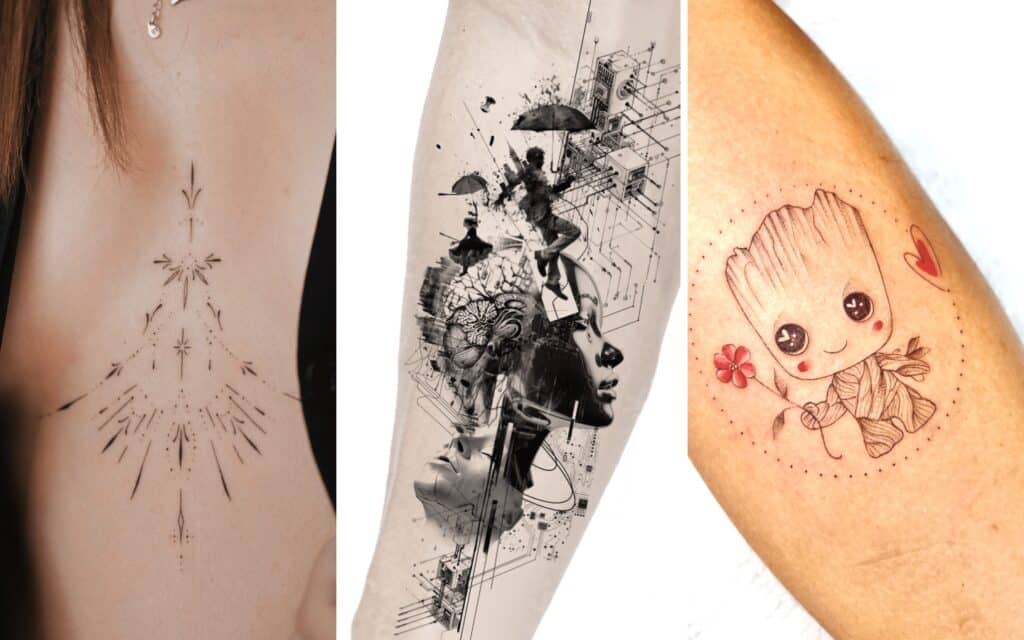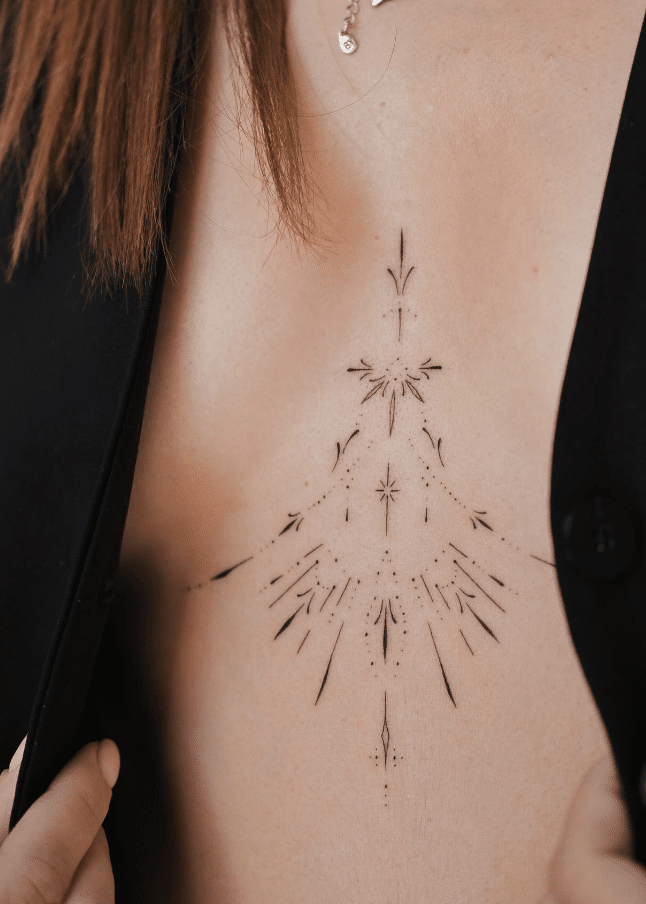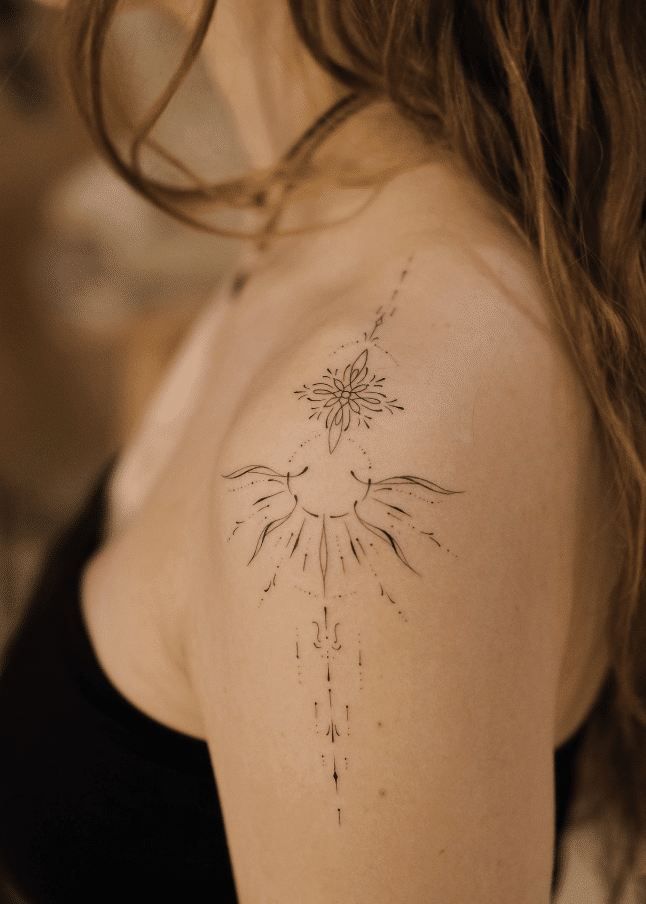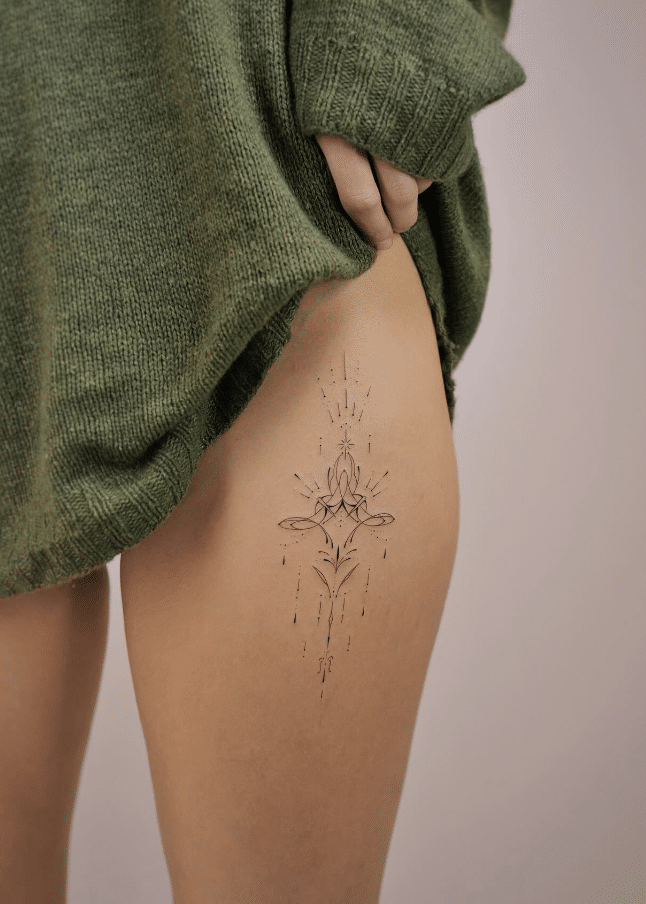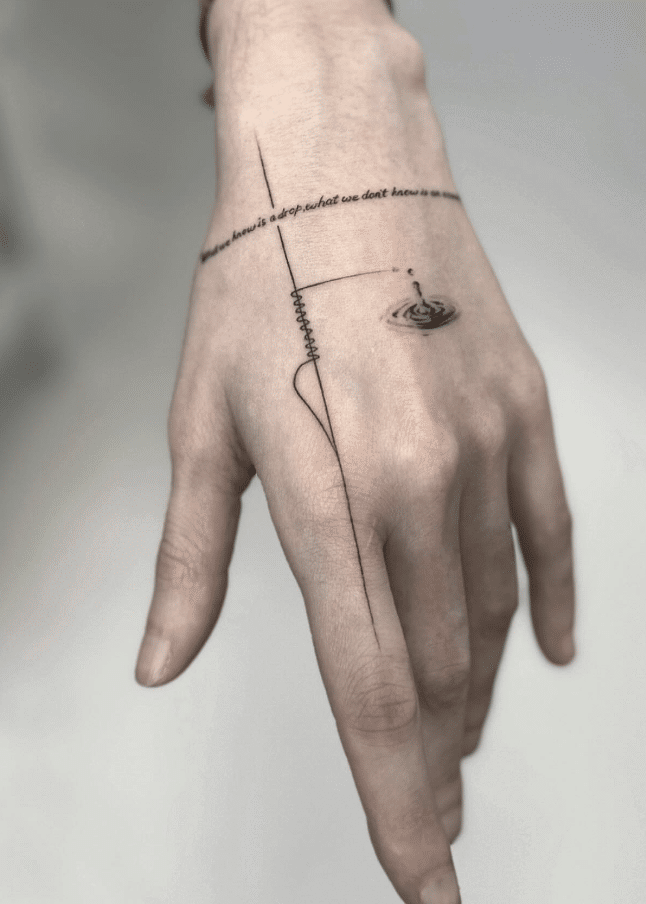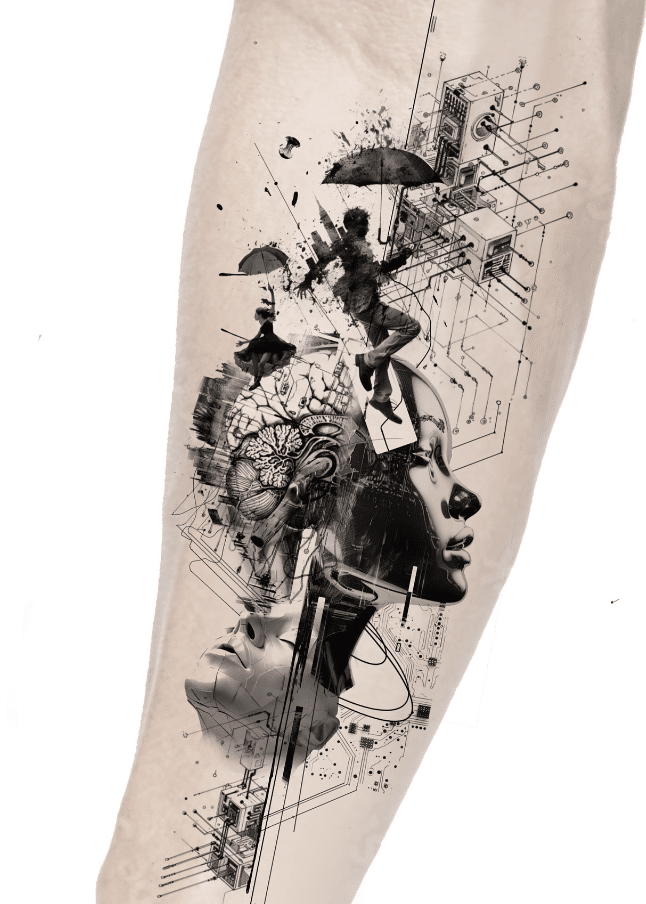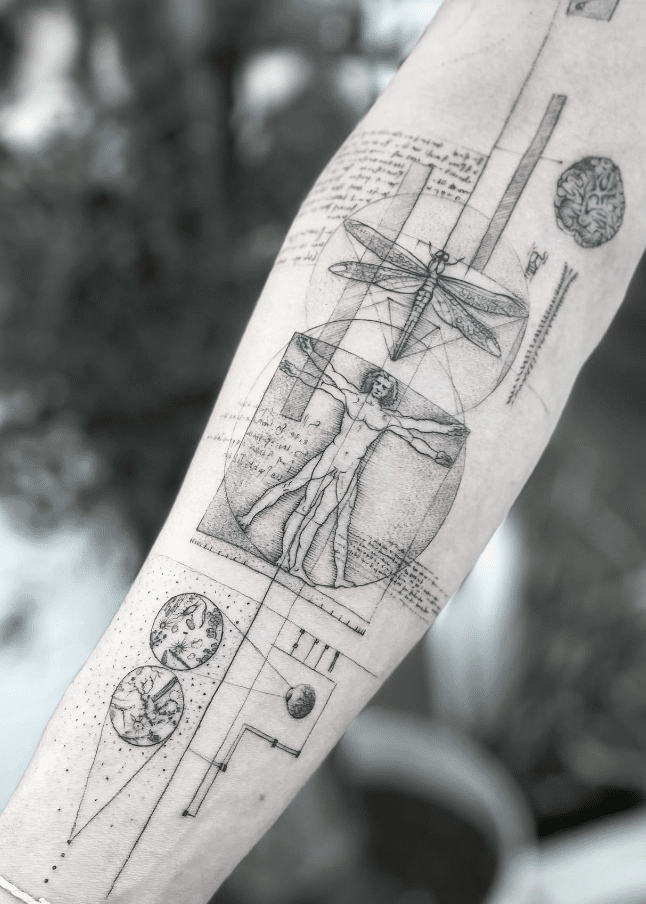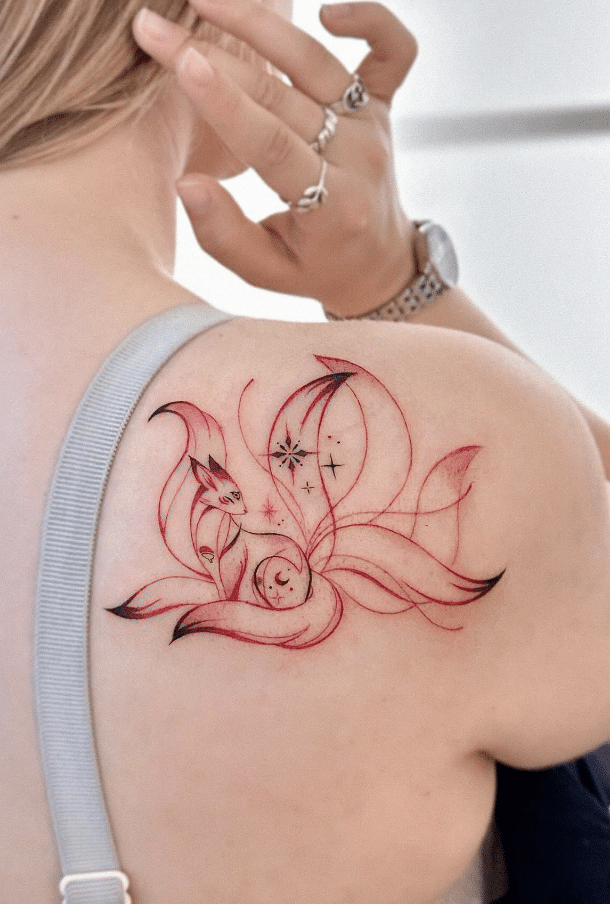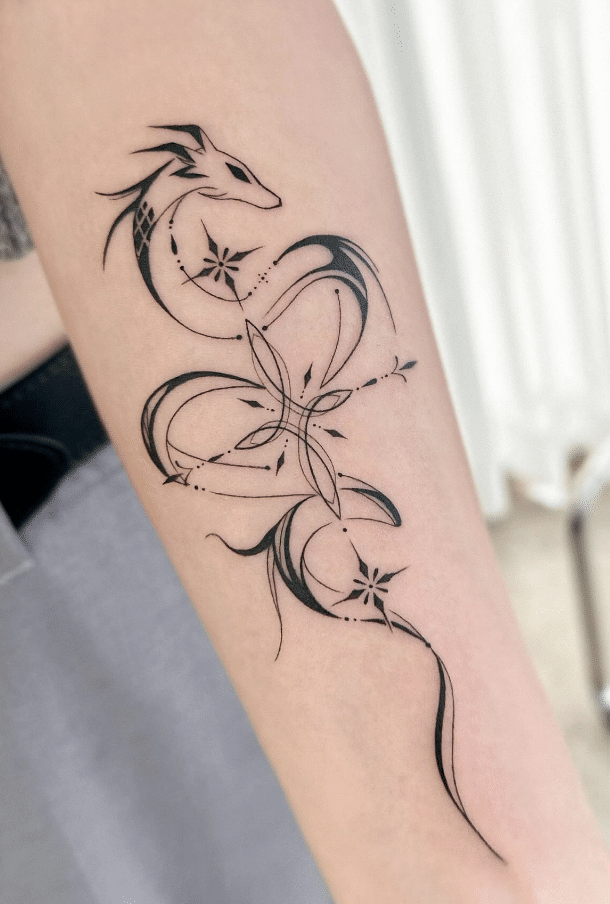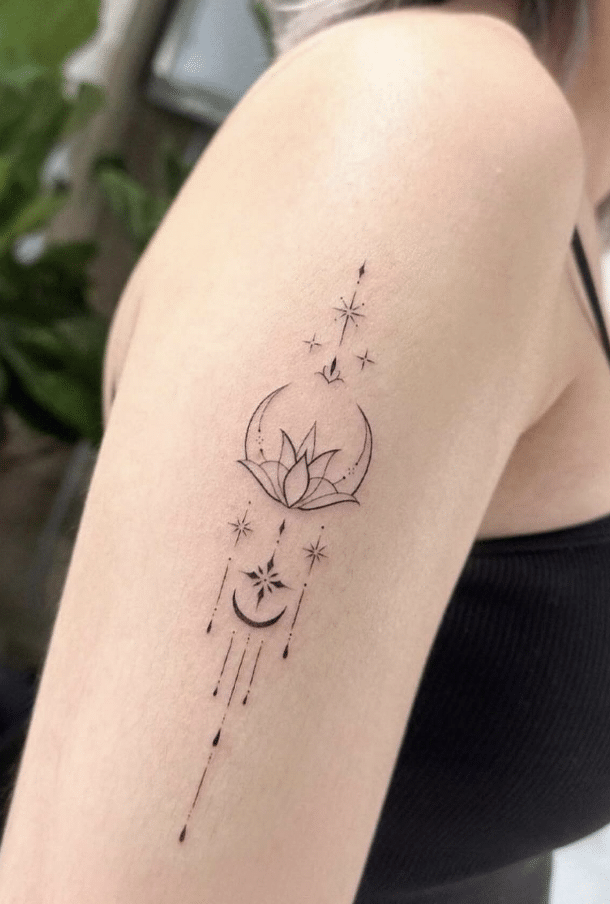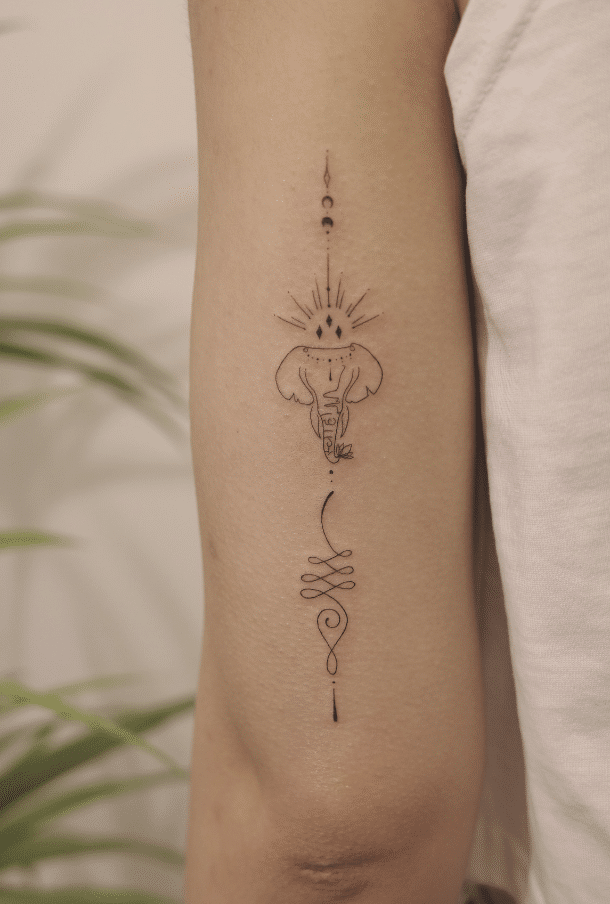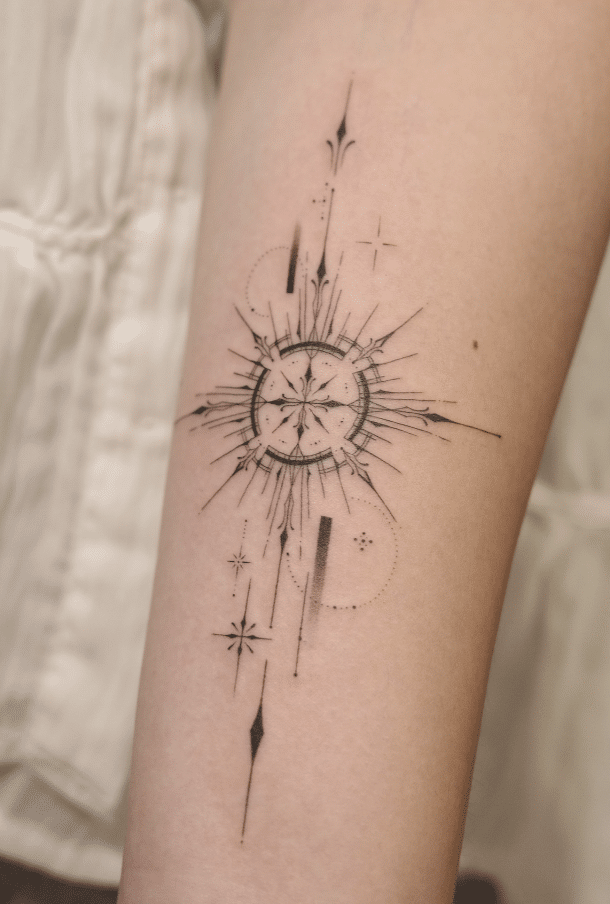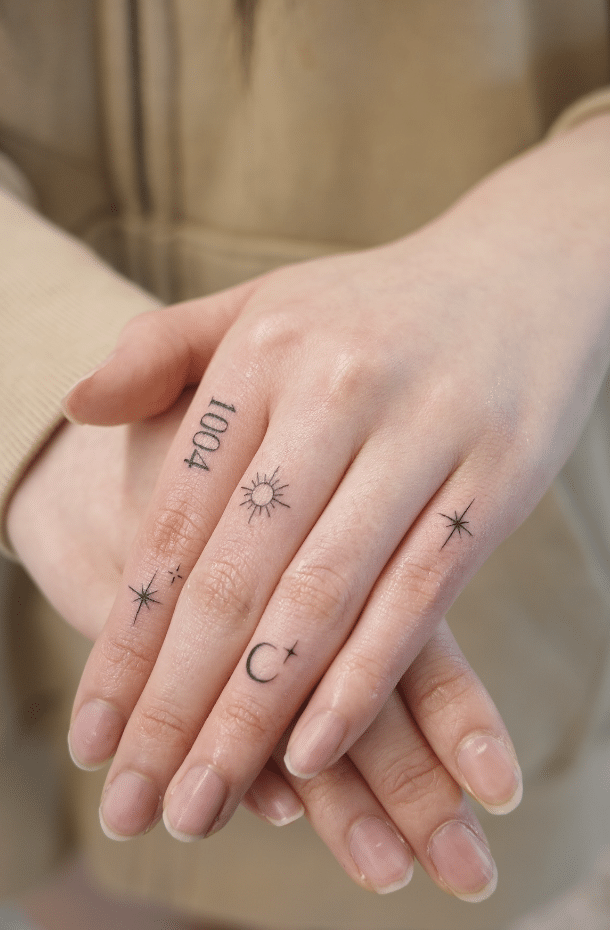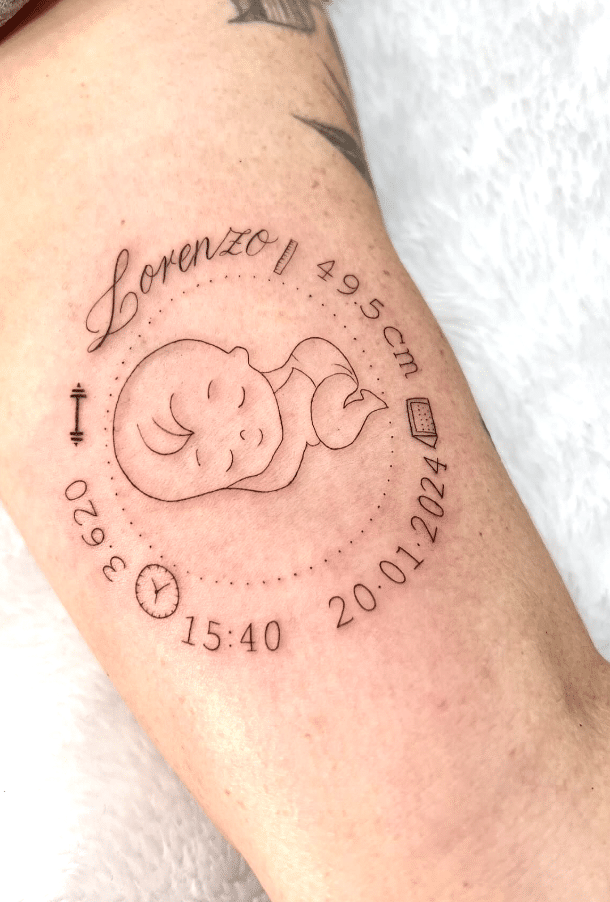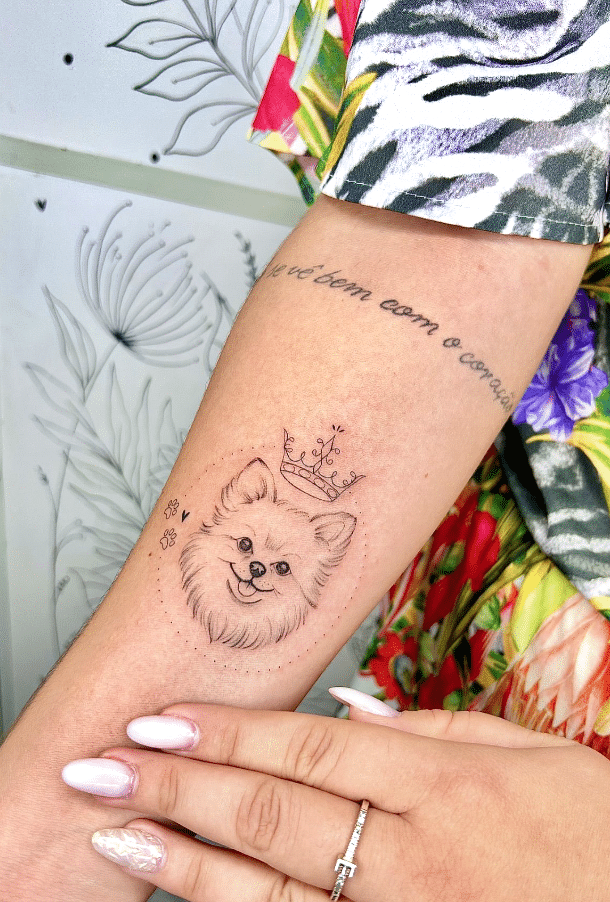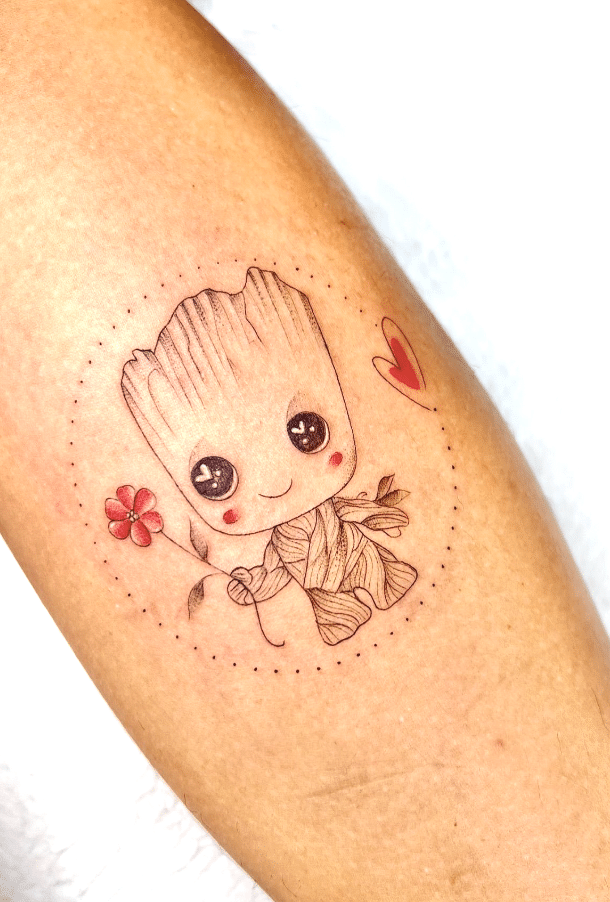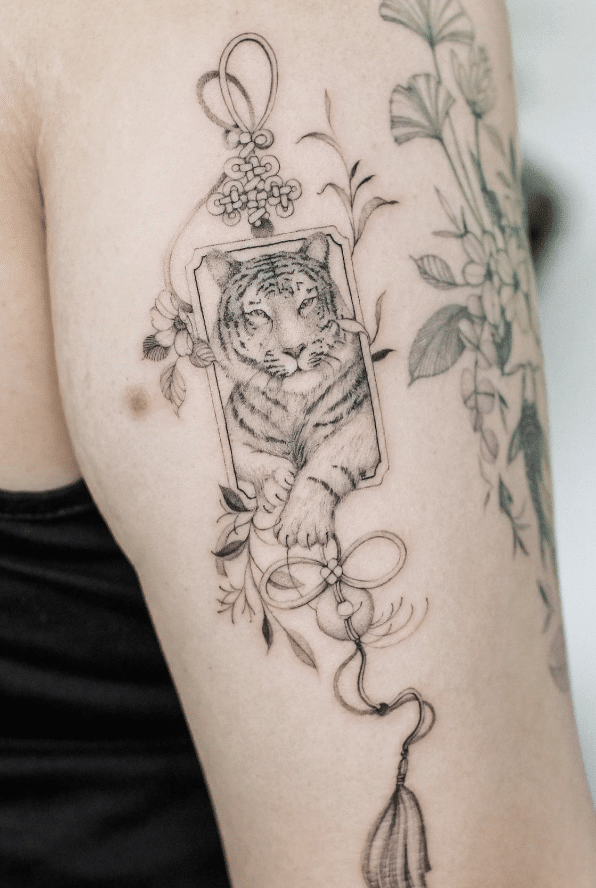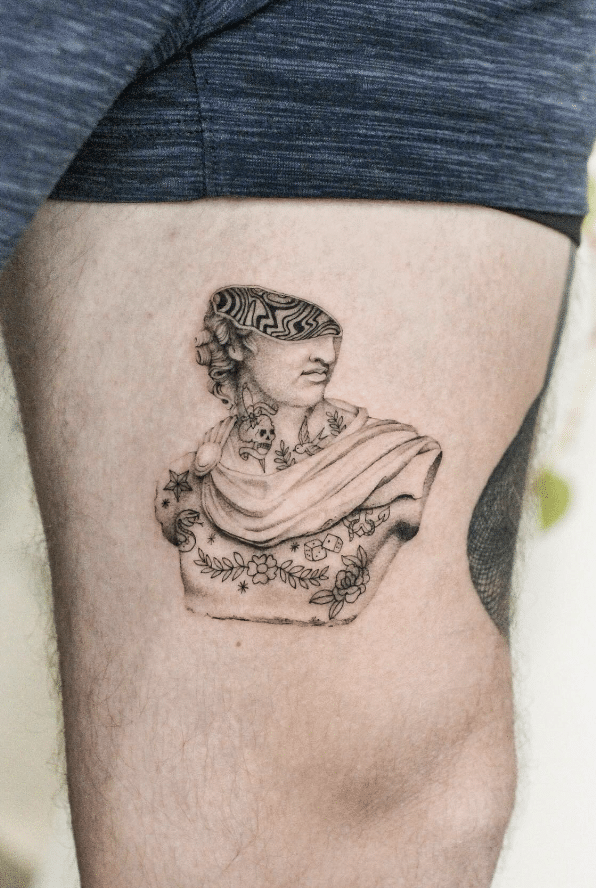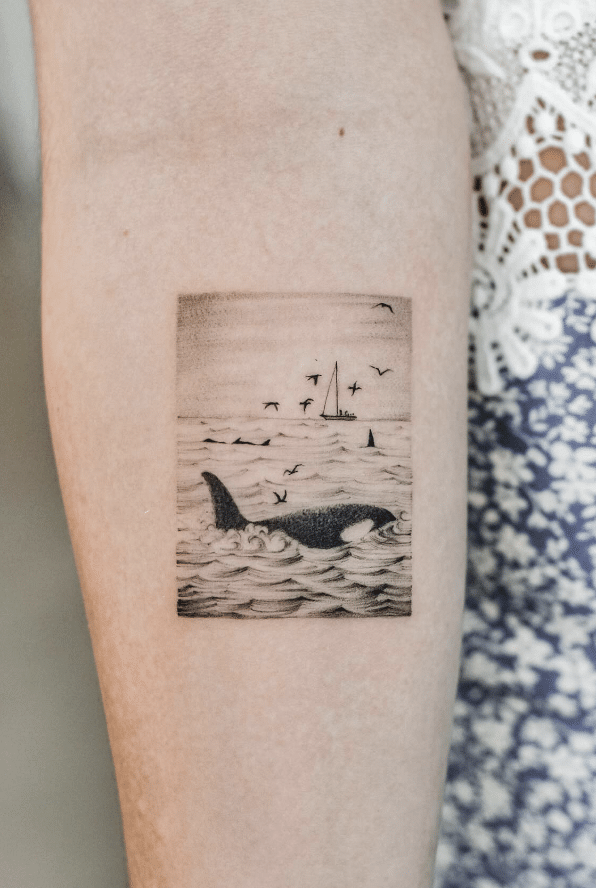While tattooing has existed for centuries, the Fine Line tattoo style only began to emerge prominently in the 1970s, particularly in the United States.
Fineline tattoos started to emerge as artists began experimenting with thinner needles and fine lines to create more intricate designs that were in stark contrast to the bold and heavy designs that were popular at the time.
The First Fine-Line Tattoo Artists
While it's unknown if they were the first, certainly the first two artists to popularize the fine-line tattoo trend were California-based Jack Rudy and Freddy Negrete.
Jack Rudy left the Marines in 1975 before he began his career as an apprentice at Goodtime Charlie’s Tattooland. Here Jack Rudy and a friend Charlie Cartwright would hone their skills at single-needle, black-and-gray style tattoos.
Rudy took his aesthetic from jails, which was developed from equipment that consisted of a sharpened guitar string and transformed into the Fine Line style we know today.
Rudy is known for his use of light and dark shades of black and grey that helped create a softer and more realistic style of tattooing. Thanks to this single-needle tattoo technology, artists were now able to use a much greater level of detail than previously attainable.
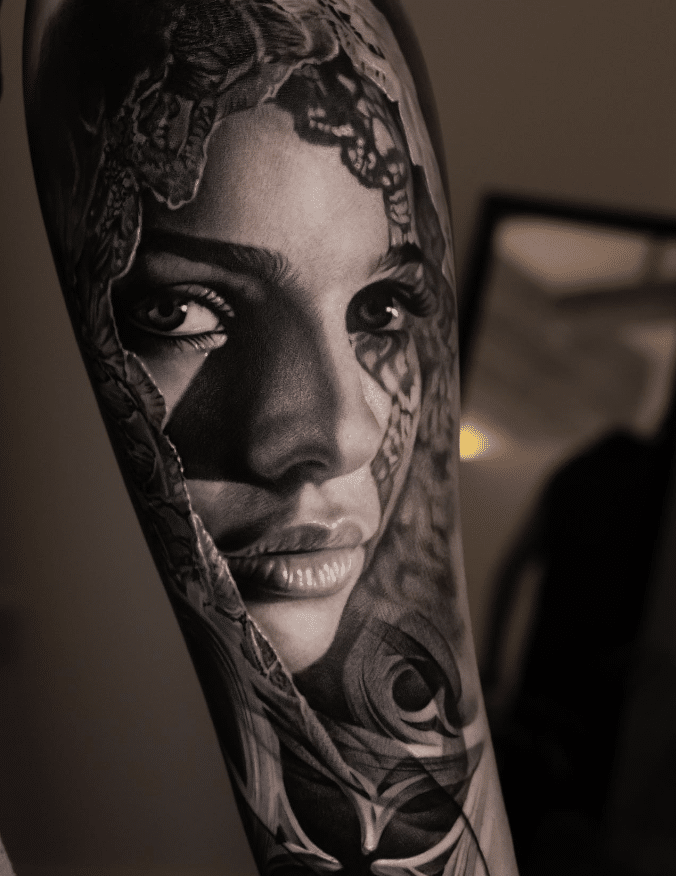
Photo credit: @samtattoos7
During an interview with BigTattooPlanet.com John was asked:
When you first started tattooing, who were your clients and what kind of tattoos were they after?
Predominantly black and grey - what we called then “black and white” tattoos.
Fine Line, prison style, they liked the joint style work - we did too - and learned how to do it very quickly, and that was it. Then it took off.
We figured out how to do single needle within a few months, and that was it; we never looked back.
This shop is still known for that, 34 years later. We do any kind of style, and do it expertly, but we are really known for single needle black and grey style
Freddy Negrete first started tattooing at 12 years old. After having been sent to a juvenile detention facility, he met another young man between 16 and 17 in his prison cell who was covered in tattoos.
The boy told Freddy that his friend had done it for him by getting a needle, wrapping thread around it, and then dipping it in India ink, and that “girl’s mascara works too.”
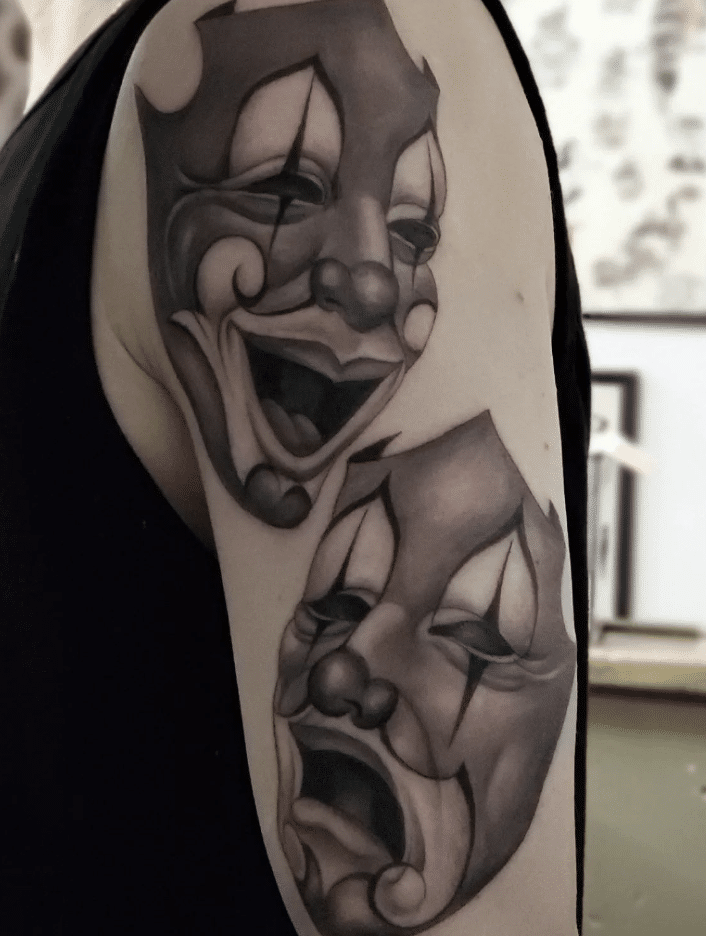
Photo credit: @freddy_negrete
That night when Freddy got out of the juvenile hall, he made a tent in his room and made his first tattoo with a needle and his sister's mascara.
Not long after Freddy joined a gang where he would develop his skills as a tattooing artist on fellow gang members.
Freddy would be picked up by a tattoo parlor known as Good Time Charlie’s, where he met Jack Gruddy where the two of them worked together to perfect the black and grey and fine-line tattooing style.
Evolution Of Fine Line Tattoos
Fine-line tattooing originally relied on single needles that were sometimes homemade or modified from standard equipment, but over time, the tattoo industry developed specialized needles designed specifically for creating fine lines.
These needles were thinner and more precise than traditional tattoo needles and now a variety of needle sizes and configurations allow artists to create ultra-fine lines and intricate details that were not possible in the early days of the style.
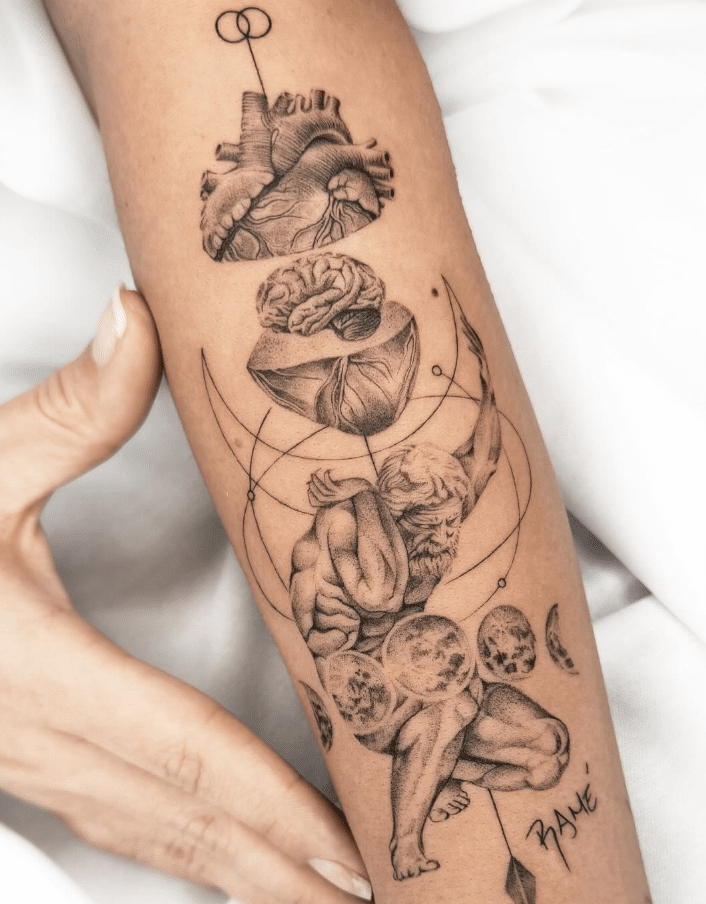
Photo credit: @1991.ink
The evolution of tattoo machines also played a crucial role in the development of fine-line techniques due to modern rotary tattoo machines having a smoother and more consistent needle movement.
These machines operate with less vibration compared to coil machines, which allows for greater precision and less trauma to the skin.
Also, improvements in ink technology have expanded the palette available to tattoo artists, including finer pigments that are ideal for detailed work.
Modern inks being more stable are less likely to cause allergic reactions, and offer a wider range of colors and shades.
The development of ink allows fine-line tattoos to be not only in black and gray but also in various colors while maintaining the subtlety and precision of the fine-line style.
Considerations Of Fine-Line Tattoos
When it comes to fine-line tattoos there may be some considerations you need to think about.
Fine-line tattoos are more prone to fading and blurring over time compared to thicker traditional tattoos.
This is due to the fine and intricate nature of the lines. The ink may spread slightly under the skin as it heals and ages, which can blur the details and soften the edges of the design.
Your skin changes in skin texture and elasticity as you age. This can affect the appearance of fine-line tattoos, as the skin loses collagen and elasticity, so fine lines might not hold their shape as well as bolder, thicker lines.
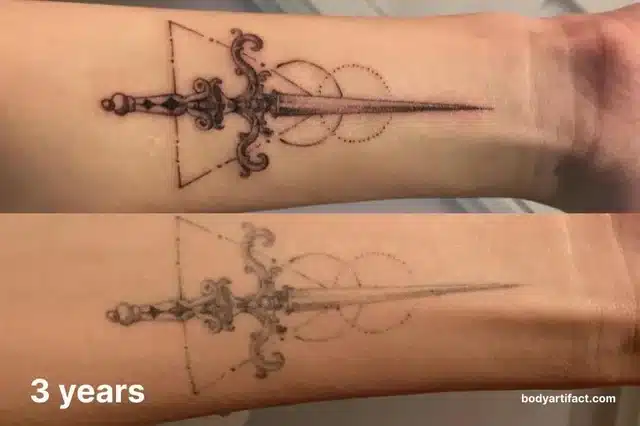
Photo credit: Reddit
Not every tattoo artist is skilled in fine-line techniques. As it requires a high level of precision and expertise you should carefully research artists who specialize in fine-line tattooing and review their portfolios to ensure that their style aligns with the desired outcome.
Also, given their tendency to fade, fine-line tattoos might require more frequent touch-ups to keep them looking sharp and defined. You should consider both the additional time and cost involved.
UV rays can significantly fade tattoo ink over time, but fine-line tattoos are particularly susceptible due to their delicate nature.
People with fine-line tattoos should apply a broad-spectrum SPF 30 or higher sunscreen over their tattoo once it's fully healed, especially if it's going to be exposed to direct sunlight often.
Consistent moisturizing can also help maintain the skin’s elasticity and ink integrity.
Keep your skin hydrated and continue using sunscreen to protect the lines from blurring and fading.
If you are looking for some of the best tattoo aftercare products, check out some of the best-recommended ones here.
Amazing Fine-Line Tattoo Artists
Conclusion
As the art of fine-line tattooing continues to evolve, it draws a fine line between the past's bold traditions and the present's precise innovations.
When selecting an artist for a fine-line tattoo, it’s crucial to choose someone who specializes in this meticulous technique, as the precision required is far from elementary.
Whether you’re drawn to the fine-line style for its elegant simplicity or its ability to capture complex details, it's a testament to how far the tattooing world has come.
And as long as there are artists who continue to push the boundaries of what can be inked onto skin, the line between art and identity will remain wonderfully blurred.
- Butterfly Flower Tattoos - July 24, 2024
- Trash Polka Tattoo Style - June 25, 2024
- Anime Tattoo Style - June 17, 2024

